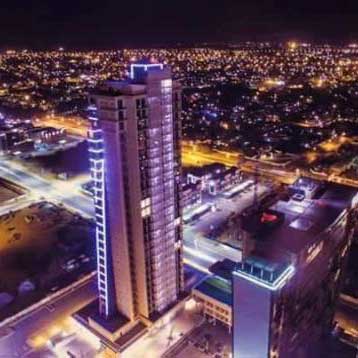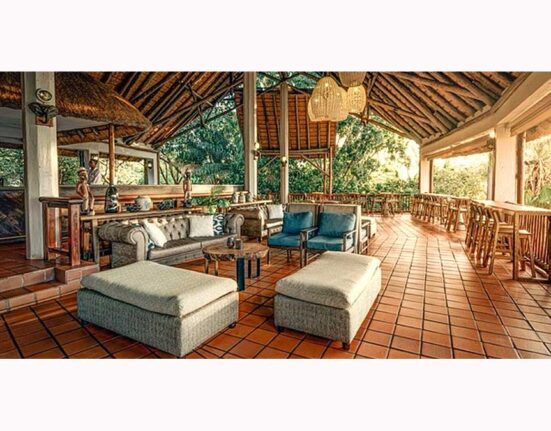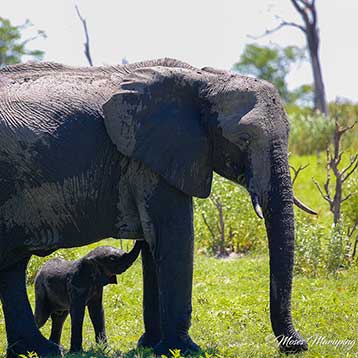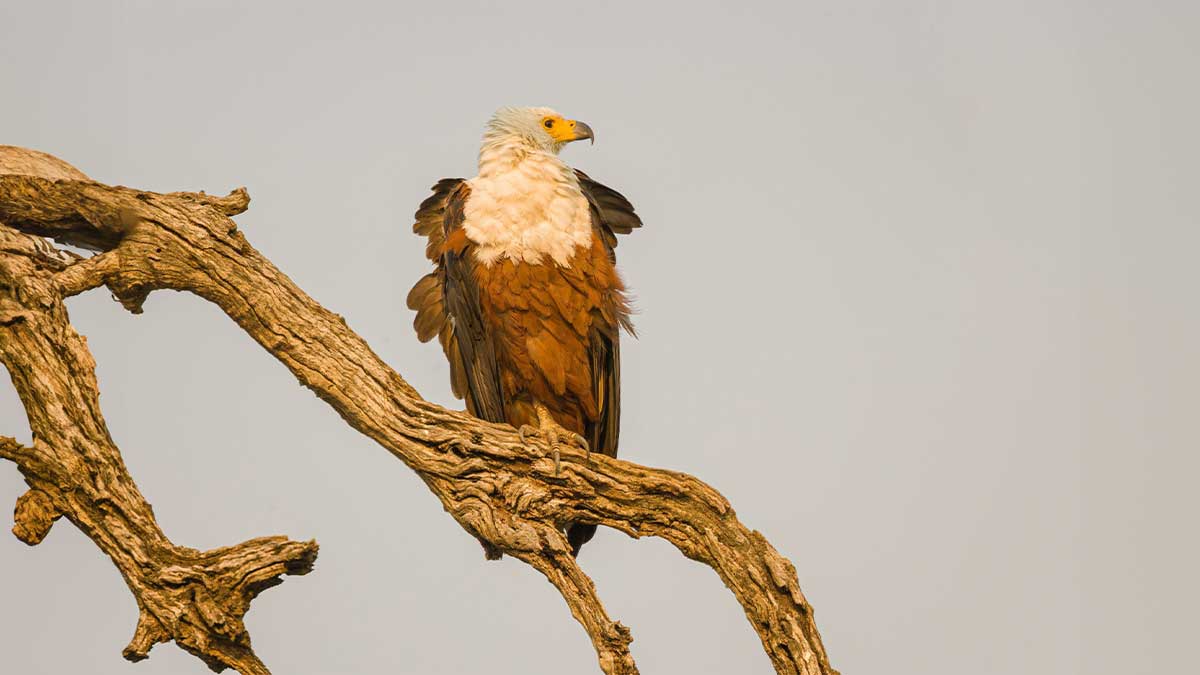The Kavango Zambezi region marked a major step forward in wetland conservation and regional collaboration as the 15th Conference of the Parties (COP15) to the Ramsar Convention on Wetlands was held for the first time in Zimbabwe, hosted in the iconic city of Victoria Falls at the very heart of the Kavango Zambezi Trans Frontier Conservation landscape.
BirdLife Zimbabwe, an official ambassador of the Kavango Zambezi destination, participated actively in the global event, helping to bring attention to the region’s critical wetlands and the role they play in biodiversity conservation, which sustains the natural ecosystems that support sustainable development, nature-based tourism and community livelihoods.
“This was only the second time that this major wetland conference has taken place in Africa, and it took place in the heart of Kavango Zambezi,” said Julia Pierini, Chief Executive Officer of BirdLife Zimbabwe. “Victoria Falls is at the heart of Kavango Zambezi, and since the tourism destination is built around rivers, water, wildlife and people, this was a hugely symbolic and powerful recognition of the region’s ecological importance.”
A major outcome of the conference was the formal recognition of three cities within the Kavango-Zambezi area – Victoria Falls (Zimbabwe), Kasane-Kazungula and Shakawe (Botswana) – as globally accredited Wetland Cities under the Ramsar Convention. This international status is awarded to cities that demonstrate exceptional commitment to safeguarding the ecological integrity of Ramsar sites and urban wetlands as an integral part of planning and development initiatives.
Ronnie Chirimuta, Conservation Officer at BirdLife Zimbabwe, noted the opportunity this status creates for regional learning: “The cities will now take part in global exchanges, comparing lessons, strategies, and tools with other Wetland Cities around the world. For our region, this means new momentum in better managing development in harmony with ecological values.”
Another significant milestone, according to Pierini, was the official launch of the Southern African Ramsar Regional Initiative (SARRI), a new platform aimed at supporting countries in the region through knowledge sharing, policy guidance and collective advocacy in mainstreaming wetlands into sustainable development strategies across borders.
The importance of wetland protection for migratory species was elevated during the conference, with BirdLife Zimbabwe reinforcing the Kavango Zambezi region’s strategic role in international flyway conservation. “The BirdLife Partnership highlighted the importance of flyways as an avenue to protect migratory birds that use the different habitats within the Kavango Zambezi for either stopover, breeding, or roosting sites,” said Chirimuta. “The Kavango Zambezi region hosts a diverse range of migratory bird species, and as BirdLife partners, we have developed a flyways strategy that aligns with the new KAZA Bird Conservation strategy that also looks at collaboration and action on the ground to ensure the survival of these migrants for the benefit of all.”
A vital legacy initiative that has emerged from COP15 is the proposed development of a National Wetlands Bill in Zimbabwe. The bill would formalise the protection of wetlands and strengthen enforcement frameworks in a country where more than 80 percent of wetland areas have been degraded.
“In terms of Zimbabwe, a high percentage of wetland areas are under siege by human activity, which is under threat by a changing climate. Wetlands are the primary water source in the region, and we are drying them up,” said Chirimuta. “Following COP15, there’s a need to come up with an ambitious plan that will focus on the restoration of these degraded areas. Some good work has already been undertaken, but we need to do more.”
BirdLife Zimbabwe also hailed youth engagement at COP15 as a key achievement, calling it an essential step toward the long-term sustainability of conservation initiatives.
In terms of youth representation, there were several youth present at the COP, citing collaborations and linkages to make sure that post-COP there are more youth-led initiatives,” said Chirimuta. “We also saw participation from universities such as Chinhoyi University and Midlands State University. There was increased youth interest in wetland issues in the run-up to COP15 from around Zimbabwe and the region, and we need to prioritise ways of keeping them engaged and involved.”
As Zimbabwe assumes the Ramsar presidency for the next three years, BirdLife Zimbabwe has identified three priority actions that should be taken to build on the momentum from the conference:
1. Continue to amplify the irreplaceable value of wetlands and wetland biodiversity that contributes to water security, climate resilience, business, livelihoods and nature-based tourism across the whole of society – governments, local authorities, communities, private and business sector.
2. Strengthen wetland policy and legislation by the development of national legislation, such as a Wetlands Bill, that will domesticate the provisions of the Ramsar Convention.
3. Recognise and support the role of communities – ensuring that local people are empowered as stewards of wetland management and conservation efforts.
“Whilst we need to look at designating more Ramsar sites in recognition of the importance of wetlands as natural infrastructure, we need to ensure the current sites are protected and their ecological character maintained,” said Pierini. “Policies and legislation must reflect the fragile nature of these natural ecosystems and ecologically sensitive areas and the threats they face from infrastructure development, mining, and agriculture.”
The Kavango Zambezi region spans approximately 520,000 square kilometres across Angola, Botswana, Namibia, Zambia and Zimbabwe. It is home to three Ramsar wetlands of international importance – the Okavango Delta (the largest Ramsar site in the world) in Botswana, Bwabwata-Okavango in Namibia and Victoria Falls in Zimbabwe – and includes 36 protected areas in total. The region’s wetlands support wildlife corridors, sustain rural communities, underpin ecotourism economies, and supply and regulate water for use across borders.
With renewed visibility and commitment following COP15, stakeholders such as BirdLife Zimbabwe are confident the event has set a new foundation for action across the Kavango Zambezi region and beyond.
“This was a unique opportunity,” said Pierini. “We are part of a globally significant region. The world was watching, and now it’s time to turn recognition into protection, collaboration into restoration, and dialogue into action.”








